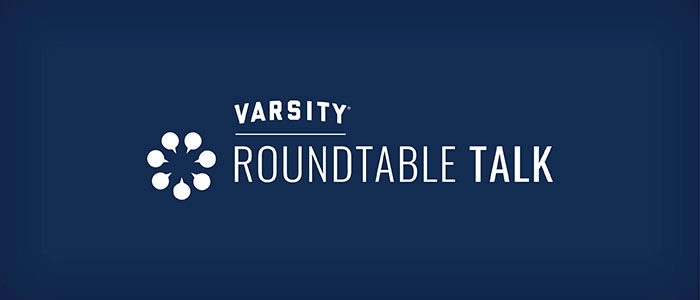As the co-founder of the National Investment Center for Seniors Housing and Care (NIC) and founder of Nexus Insights, Bob Kramer has been called a “disruptive force” in the field, always challenging us to think differently about aging, housing and care.
In the newest episode of Roundtable Talk, Bob challenged the prevailing negative perceptions of aging, describing ageism as a prejudice against our future selves. He also highlighted the significant, yet overlooked, potential of older adults in the workforce and addresses the epidemic of loneliness.
The following are some fresh perspectives from the conversation. Check out the full episode here.
WHAT ARE SOME OF THE BIGGEST MISCONCEPTIONS THAT AMERICANS HAVE ABOUT AGING?
I think first and foremost, and this has really come about sort of since World War II and really with the boomers, and that is aging is bad. Aging is something to be feared. Aging is something negative. I spend a lot of time teaching on college campuses, and I like to point out that ageism is prejudice against our future selves. I’ll have students write down what age they think they’ll live to, and then I show them that statistically, over half of them will live to 100. I tell them, if you don’t work to change these ageist stereotypes, you’ll be consigned to irrelevance for the last third of your lives.
WHAT TRENDS ARE YOU SEEING IN HOW SENIOR LIVING IS EVOLVING?
A lot of the trends we’re seeing now were accelerated by COVID. The pandemic pushed our field out of the 20th century into the digital age. Older adults and their families discovered on-demand services—healthcare, groceries, anything delivered where they live. Consumers today are more sophisticated and savvy. They’re not just asking how many years they’ll live—they’re asking if those will be thrive years. They want environments that add life to their years, not just years to their life.
HOW WILL TECHNOLOGY AND DATA SHAPE THE FUTURE OF AGING SERVICES?
Technology and data are absolutely transformative. Senior care will always be a high-touch field, but it also needs to be high-tech. The role of technology is to enable staff to work to the limits of their license instead of being buried in paperwork. AI and data can help identify which residents are most at risk each day, allowing caregivers to prioritize time and attention. That’s how we turn data into actionable care—predictive, preventative, and personalized.
WHY DO YOU TAKE ISSUE WITH THE TERM “SILVER TSUNAMI”?
Because it’s deeply ageist. Nobody ever thinks of a tsunami as a good thing—it’s an unmitigated disaster. So when we call the aging population a “silver tsunami,” we’re framing longevity as a problem instead of one of humanity’s greatest achievements. It turns the longevity bonus into a longevity curse. We should be asking, how do we make the most of increased longevity, both for individuals and society?
HOW WELL IS U.S. POLICY ALIGNED WITH THE NEEDS OF AN AGING POPULATION?
We’re not aligned at all. The public sector alone can’t meet the needs ahead. We need to incentivize private sector solutions and empower nonprofit and community organizations. Right now, both government programs and market dynamics are pushing people into what I call the “forgotten middle”—too rich to qualify for subsidies but too poor for private pay. That’s unsustainable, and the pressure on local and state governments will only grow over the next decade.
WHAT GIVES YOU THE MOST HOPE ABOUT THE FUTURE OF AGING IN AMERICA?
The value of the contributions older adults want to make—and the fact that society needs them. Whether it’s workforce participation, volunteering, or supporting preventative health, older adults will be central to addressing the challenges ahead. Necessity and opportunity are coming together, and that gives me real hope.
Want to hear more from Bob? Check out the full episode of Roundtable Talk for more fresh perspectives. Watch new episodes of Roundtable Talk on the Varsity website and on Apple Podcasts, Spotify, and iHeartRadio.



